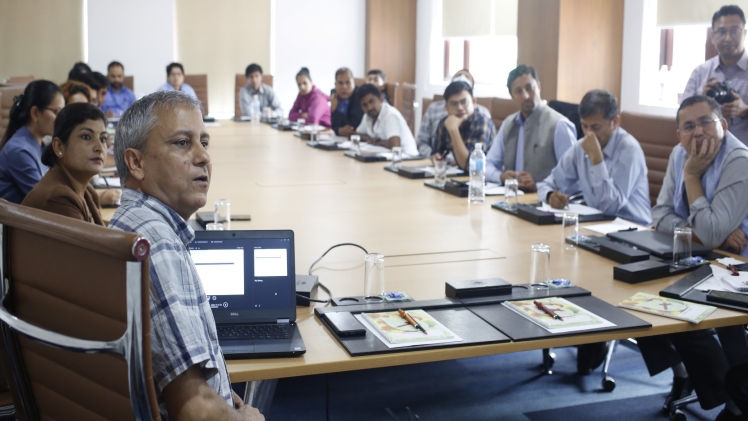News reporting has evolved dramatically in recent years. The pace of news production has increased due to the prevalence of digital media, and reporters now have access to more sources than ever before. As a result, news reporters are no longer just tasked with relaying facts; they must now provide context and analysis to put events in perspective. The public’s appetite for news has also changed. Whereas readers once relied on traditional print media to stay informed, they now have access to a wide variety of digital sources. This has led to an increase in the use of multimedia formats such as video, audio, and interactive graphics in news stories. Reporters must be able to effectively communicate complex ideas using these formats in order to engage their audience. At the same time, news reporting has become increasingly personalized. Reporters are now expected to deliver their stories with an individual voice and perspective. This shift has resulted in a greater emphasis on narrative-driven journalism, where reporters tell stories rather than simply report facts. The rise of social media has also had a profound impact on news reporting. Reporters can now reach millions of people with a single tweet, and they must be able to quickly respond to breaking news and engage with their audience. At the same time, they must be aware of the potential pitfalls of relying too heavily on social media as a source. Overall, news reporting has changed drastically in the digital age. Reporters must now be able to juggle multiple formats and platforms, while also maintaining a personal voice and providing meaningful analysis. The challenges may be daunting, but the rewards for those who can master these skills are great.

